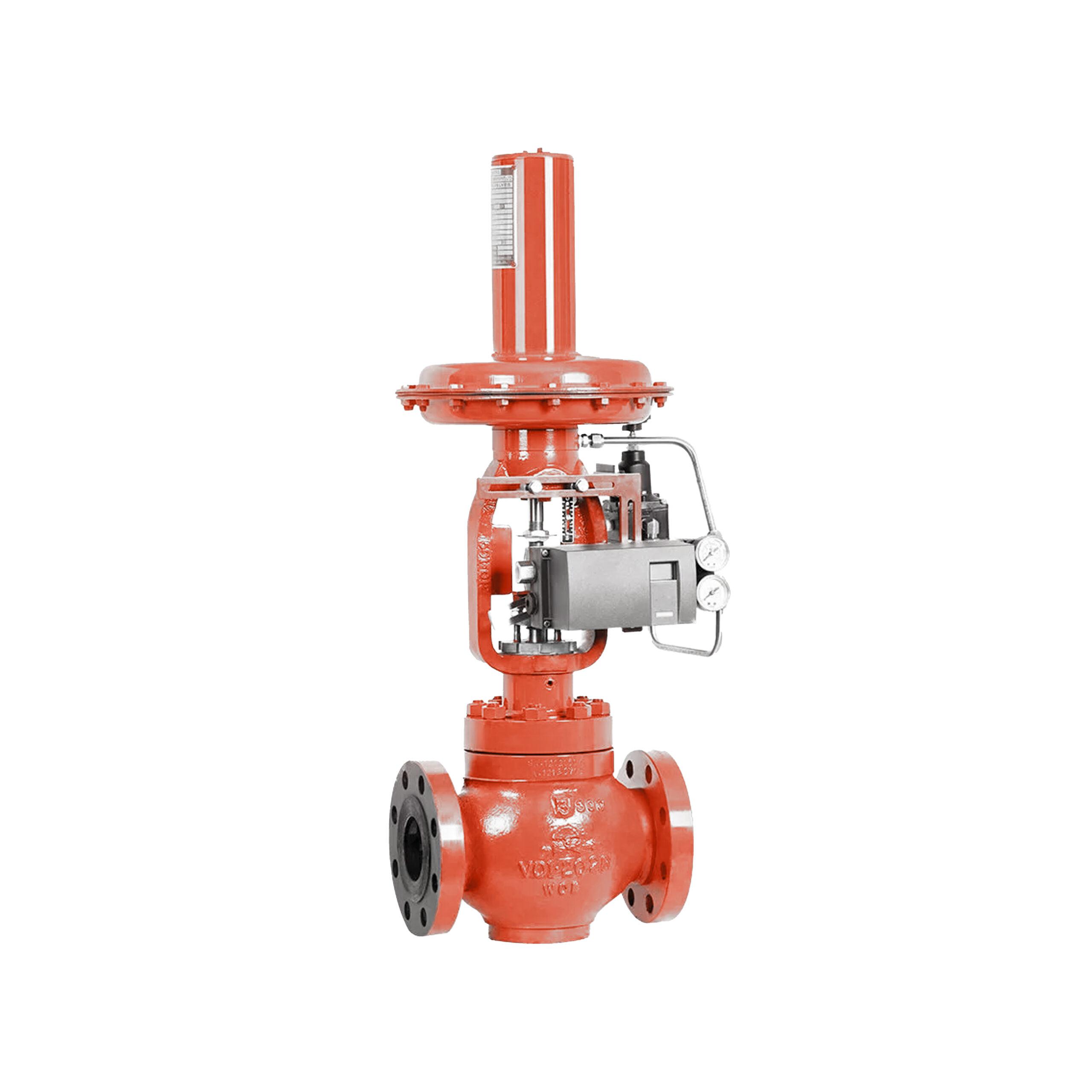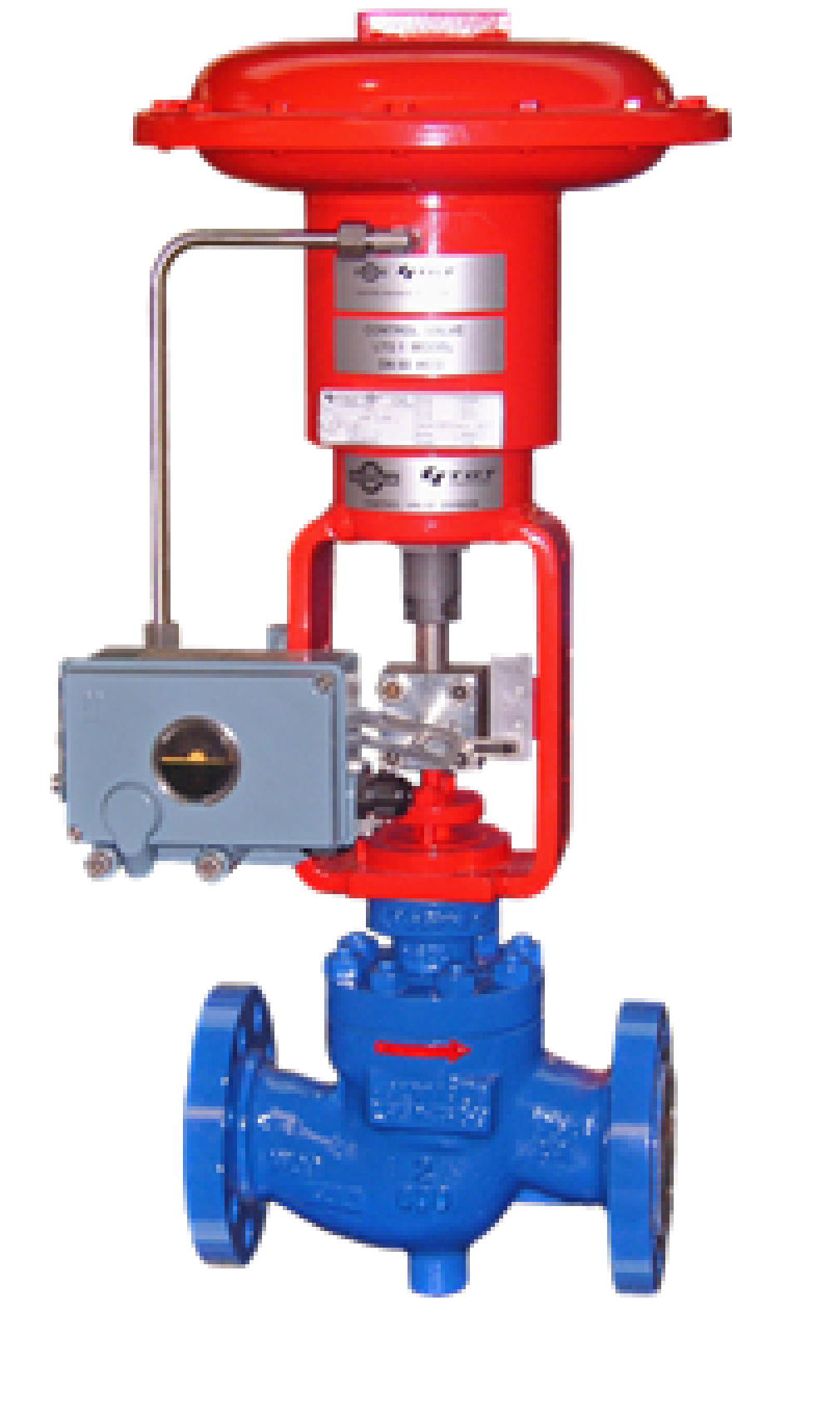Optimizing System Control with High-Performance Control Valves
Optimizing System Control with High-Performance Control Valves
Blog Article

Maximize Power Savings and Convenience With Advanced Structure Automation Controls
In the realm of modern-day style and facility management, the combination of innovative structure automation manages stands as a critical advancement. By harnessing the power of automation, structures can adapt, react, and develop in ways that were once inconceivable.
Power Efficiency Benefits
Energy efficiency benefits can dramatically decrease energy usage and functional costs in buildings. Energy-efficient systems, such as innovative structure automation controls, can enhance the use of resources like heating, cooling, and lighting, leading to lower energy expenses over time.
Furthermore, boosted energy performance can lengthen the lifespan of building tools and systems. By running much more successfully, a/c systems, lighting components, and various other structure parts experience much less deterioration, causing lowered maintenance and substitute expenses. In addition, energy-efficient buildings commonly command higher home values and rental rates, offering lasting financial advantages to proprietors.
Additionally, energy performance can improve resident comfort and performance. Properly controlled indoor atmospheres with optimal lighting and thermal conditions develop an even more helpful and pleasant office, bring about enhanced employee complete satisfaction and performance. Overall, the power efficiency benefits related to sophisticated structure automation controls are complex, incorporating price savings, environmental stewardship, and passenger wellness.
Improved Convenience Control
Enhancing comfort control in building settings calls for an advanced assimilation of sophisticated automation systems for optimal resident health. By utilizing advanced building automation controls, centers can customize the indoor atmosphere to meet the particular needs and preferences of passengers. control valves.
By incorporating these sophisticated controls, buildings can not only enhance convenience but additionally improve power performance by optimizing system operations based on real occupancy and use patterns. Ultimately, focusing on passenger convenience with innovative automation systems leads to a much more delightful and healthier interior setting.
Operational Effectiveness Improvements

In addition, the execution of real-time surveillance and analytics tools makes it possible for building drivers to determine power inadequacies and operational anomalies promptly. By constantly monitoring energy use patterns and system efficiency metrics, adjustments can be made in real-time to optimize power consumption and make certain peak operational performance. control valves. Furthermore, including demand action approaches right into building automation controls can better boost operational performance by dynamically changing energy use based on grid conditions and prices signals
Indoor Climate Optimization
Reliable indoor environment optimization is a fundamental aspect of structure automation controls, making sure passengers' comfort and wellness while maximizing her comment is here power financial savings. By utilizing advanced sensing units and controls, building automation systems can constantly check and adjust temperature level, humidity degrees, air high quality, and air flow to develop an ideal interior setting. Keeping comfortable and regular problems not only improves occupant fulfillment yet also enhances productivity and overall wellness.
Interior environment optimization also plays a crucial duty in power performance. By fine-tuning cooling, ventilation, and home heating systems based on real-time information and occupancy patterns, constructing automation controls can dramatically lower power consumption - control valves. For circumstances, implementing methods such as demand-controlled air flow and thermal zoning can help minimize power waste while making certain that each location of the building gets the essential conditioning.

Lasting Atmosphere Development
Building automation manages not just maximize interior environment problems for power effectiveness and resident convenience but likewise lay the foundation for creating a lasting environment via critical monitoring of resources and systems. By incorporating sophisticated building automation innovations, such as sensors, actuators, and intelligent software program, facilities can change and check power use in real-time to decrease waste and decrease their carbon impact. These systems make it possible for predictive maintenance, recognizing potential problems before they rise and optimizing equipment efficiency to enhance longevity and efficiency.
Moreover, sustainable atmosphere production expands past power monitoring to incorporate water preservation, waste reduction, and interior air high quality enhancement. Structure automation controls can control water usage, discover leaks, and make sure appropriate garbage disposal techniques, adding to overall sustainability initiatives. In addition, by controlling and keeping an eye on air flow and filtering systems, these technologies boost owner health and wellness and efficiency while reducing power usage related to a/c operations.
Final Thought
Finally, advanced structure automation regulates offer considerable advantages in terms of power financial savings, convenience control, functional effectiveness, indoor environment optimization, and creating helpful resources a lasting environment. By implementing these controls, structures can accomplish optimum efficiency while lowering energy usage and enhancing passenger comfort. It appears that the usage of innovative automation modern technology is critical in boosting building efficiency and producing an extra lasting future.
Power performance advantages can considerably decrease power usage and functional expenses in buildings. Overall, the power performance advantages connected with innovative building automation controls are multifaceted, encompassing cost savings, environmental stewardship, and owner health.
Furthermore, integrating need response approaches right into structure automation controls can better improve functional effectiveness by dynamically readjusting energy use based on grid problems and prices signals.
Structure automation manages not only enhance interior environment conditions for energy efficiency and occupant comfort however also lay the structure for producing a sustainable environment with tactical monitoring of systems and sources.In final thought, advanced structure automation regulates deal considerable benefits in terms of power cost savings, comfort control, functional efficiency, interior environment optimization, and producing a sustainable atmosphere.
Report this page